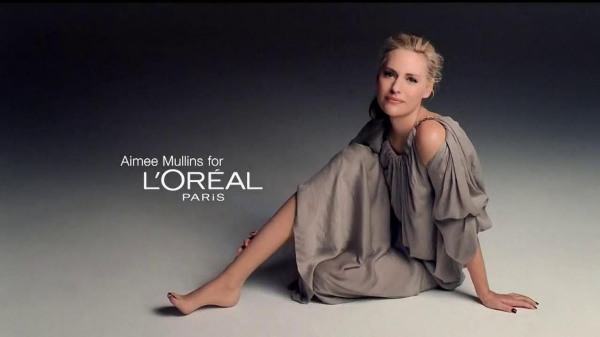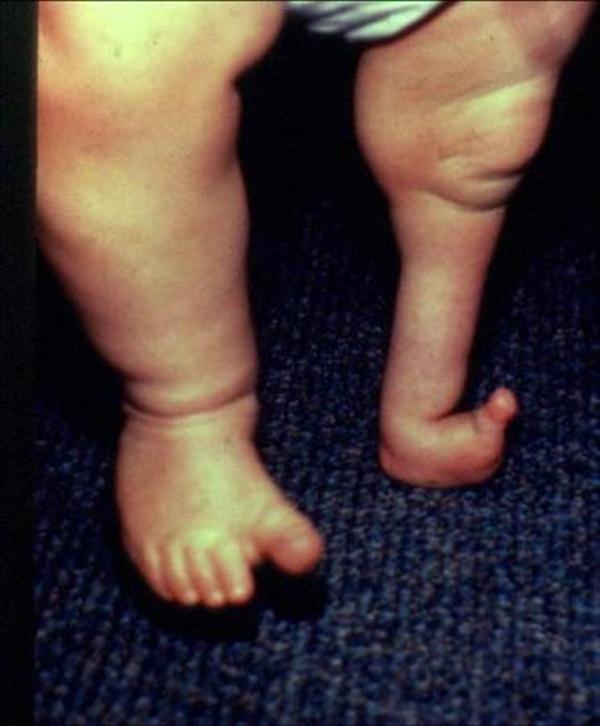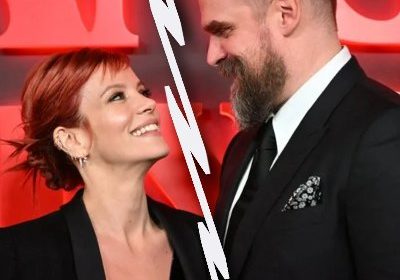The unstoppable! Know the inspiring story of Aimee Mullins, her ‘missing fibula disorder’, and her first ‘love’!
- Aimee Mullins is a name that is now synonym with ‘possibility’, ‘human potential’, and ‘inspiration’.
- She stands apart and is appreciated for her great will, speed, poise, beauty, and eloquence.
She is a superwoman in reality. In spite of her major disability, she has managed to make records in sports, and also walked the runway and acted in films.

Aimee Mullins has made the impossible possible. She has made everyone look up at her in awe. She has kept up her identity and refused to be put in a box.
She comes from humble beginnings; her father was an immigrant from Ireland and worked as a plasterer in the USA. Her love for acting and art stems from the tender age of three.
Talking about her education, Aimee had said:
“Thanks to an academic scholarship from the Department of Defense, I got to attend Georgetown University, which I wouldn’t have been able to afford even with student loans.”
Her sports career
Aimee was a below-knee amputee before the age of one year. She suffered from a condition called ‘fibular hemimelia’ (missing fibula bone).
In this condition, one of the two bones of the lower leg (fibula) is absent since birth in both legs. Due to this, her legs had to be amputated before the age of one year.
She was put on prosthetic limbs and learned to move around and run with them.

Aimee did not allow this severe handicap to come her way of development and progress in life. She also did not let it intervene in her decision of choice of career.
She took up the challenges that her handicap posed to her and overcame them with a cool attitude.
Aimee in college competed in sprinting in Division NCAA and was the first amputee to compete against non-amputees.
She represented the USA in sports and speaking events around the world and has won several accolades for it. Her TED conference talks put online have a record number of views.
She was the first to wear the revolutionary carbon-fiber prosthetic legs (artificial legs). This led her to be invited to talk at design conferences.
Aimee’s step into the world of fashion and acting
Aimee did not stop at this. She ventured into fashion and also acting. She walked the ramp for famous fashion designers.
She had out these in the following inspiring words:
“All of that was because I was open to adventure and followed my curiosity into everything that challenged my comfort zone.”

She wanted to do her first love-acting. She, therefore, joined an acting class and one year later landed her first professional job.
She is choosy about her roles; she does not want roles that project her as an actor and not as a novelty due to her prosthetic legs. She did get such roles and she has played all of them well.
Happy about her playing ‘characters’ now, Aimee proudly says:
“That’s why I was drawn to acting in the first place: To not be Aimee Mullins. To stretch and push and pull myself to the farthest reaches of my emotional, intellectual and physical capacity.”

Aimee says:
“I love how divergent my career has been, and I hope it stays that way, because that’s what keeps me excited, curious, and on the tips of my toes—carbon fiber, silicone, wood, glass…whichever toes I’m wearing that day.”
You may also like to read Health update! British actress Judi Dench talks about her deteriorating eye-sight!
What is Fibular hemimelia?
This is a medical condition in which there is the absence of the fibula bone (one of the two bones of the lower leg) since birth. This could vary from shortening to a total absence.
The causative factors are genetic, viral infections in the mother during pregnancy, a trauma in the mother’s womb, and exposure to toxins or unknown. The condition can be picked up by ultrasound during pregnancy.
The treatment is to remove parts of the bone in order to prepare the child for false legs before they learn to walk. This is usually done at 6 months of age.
The other option is bone lengthening surgery which is complex and not always successful. The latter procedure is also costly and leaves behind residual deformity.

During the years of growth, the prosthesis has to be replaced regularly. Talking about her hardship, Aimee had said:
“It was supposed to be a pair of legs every three or four years. There was one year I grew five and a half inches and the insurance companies wouldn’t help. I remember both my parents having wars with them on the phone. ‘She can’t fit into them. This isn’t decadence, this is necessity’.”





